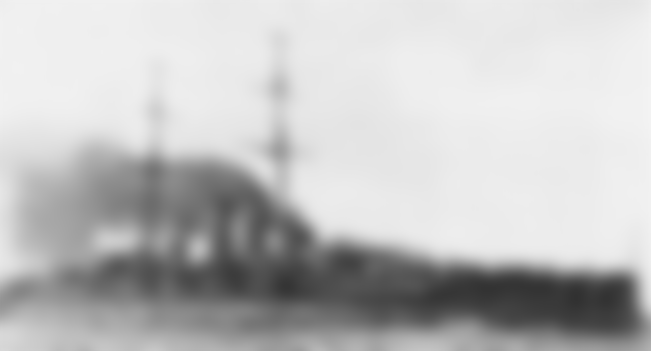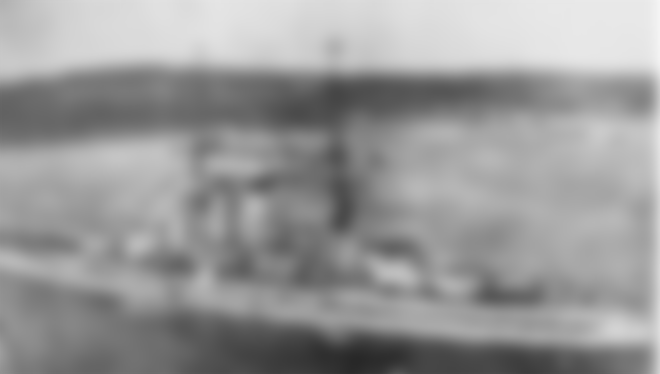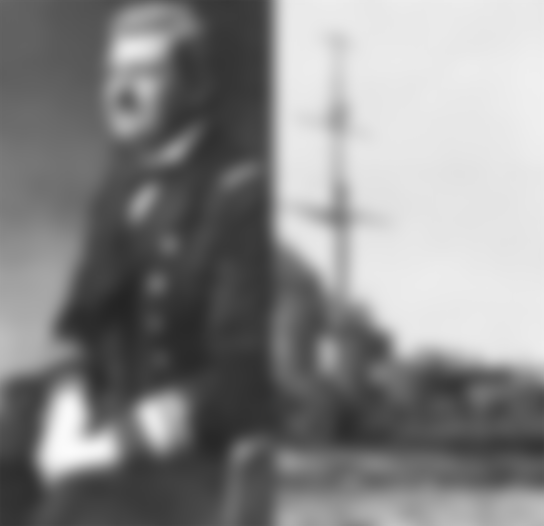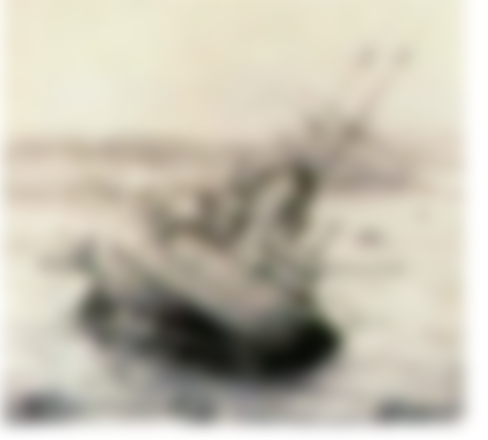
The pride of the Austro-Hungarian navy, the battleship SMS Viribus Unitis, was solemnly handed over to the State of Slovenes, Croats and Serbs after the disintegration of the Monarchy. It was October 31, 1918. and World War I was already over.

But the very next morning, at dawn, the Italian saboteurs managed to enter the port of Pula on a riding torpedo, place a mine on the side of Viribus Unitis, which was under the Croatian flag for less than 14 hours, and sink it. About 400 sailors were killed, along with Admiral Janko Vukovic Podkapelski.

It is known about the fate of the battleship Viribus Unitis, but it is a relatively unknown story that took place from the moment when two Italian saboteurs placed a mine next to a powerful ship all to be caught and brought to the deck of the ship they intended to destroy.
The Viribus Unitis, whose name means “Together” which was the personal motto of Emperor Francis Joseph, was built as part of the K. u. K. Kriegsmarine fleet program of 1910, which provided for four Tegetthoff class dreadnoughts. They were the answer to Italian dreadnought Dante Alighieri.

They were Viribus Unitis, Tegetthoff and Prinz Ezgen, built in Trieste and put into service from 1912 to 1914, and the fourth Szent Istvan, built in Rijeka, was completed only in the summer of 1915 in Pula's Arsenal, where towed from the Rijeka shipyard.
These ships were the most powerful representatives of ship artillery - with the largest caliber in the navies of the time. They were also symbols of the power of the navy, and thus of the State.
The Tegetthoff class was good for naval battles, but very sensitive to hits below the waterline, as evidenced by the sinking of Szent Istvan near the island of Premuda in mid-1918, and a few months later the Viribus Unitis in the port of Pula.
Saboteurs Raffaele Rossetti and Raffaele Paolucci acted on a previously planned mission and after several hours of breaking through the obstacles they reached Viribus Unitis and attached a mine to it which they timed to explode at 6:30 p.m.

Shortly afterwards, they were illuminated by one of the searchlights, and with the quick action of the security forces, they were caught and pulled onto the deck of the Viribus Unitis. There they learned that the ship was no longer flying the Austro-Hungarian flag.
So they admitted that a mine had been placed on the ship, so Admiral Vukovic ordered the ship to leave immediately. Rosetti and Paolucci, using the panic that ensued, jumped from the ship into the sea but were caught there by a group of angry sailors and returned to Viribus Unitis.
They thought they wanted to force them to sink with the ship they sank but as it did not explode after 6.30 mines, the crew thought something went wrong so they slowly started to return to the ship, but at 6.44 the explosion erupted and the ship began sink.

What happened next is the subject of testimonies and different interpretations, but one piece of information is known that happened a few years later. Two Italian saboteurs who sank Viribus Unitis found out that Admiral Vukovic's family was in a difficult financial situation and donated the money they received for destroying the ship, thus enabling Admiral Vukovic's son to complete his medical studies.
That detail sheds new light on the events on deck and the circumstances of Captain Vukovic's death. According to one of them, instead of jumping into the sea, Captain Vukovic went to the bow of the ship to see if there were any more sailors.
While the others were leaving the ship, he, calm and composed, helped Rosetti and Paolucci leave the ship by shaking their hands, and it was Paolucci who later stated that Captain Vukovic, after boarding the keel of the capsized ship, jumped into the sea at the last moment. he was hit in the head by a torn beam while trying to swim towards the shore.

Captain Janko Pl. Until the last moment, Vukovic, as befits any true captain, remained on a sinking ship, and by his act of rescuing two opponents who caused the sinking of the ship, he showed a chivalry rarely seen in history.
At 7.10 a.m., the first Croatian-flagged warship sank along with the first Croatian admiral of the new navy. His body was never found, and a monument was erected in his honor in Pula.
After the war, Rossetti and Paolucci were rewarded by the Italian government for this venture in the amount of 650,000 lire (2% of the estimated value of the ship) which, learning of their difficult financial situation, donated to the families of the late Janko Pl. Vukovic, money that enabled his son to study medicine, which he successfully completed.






